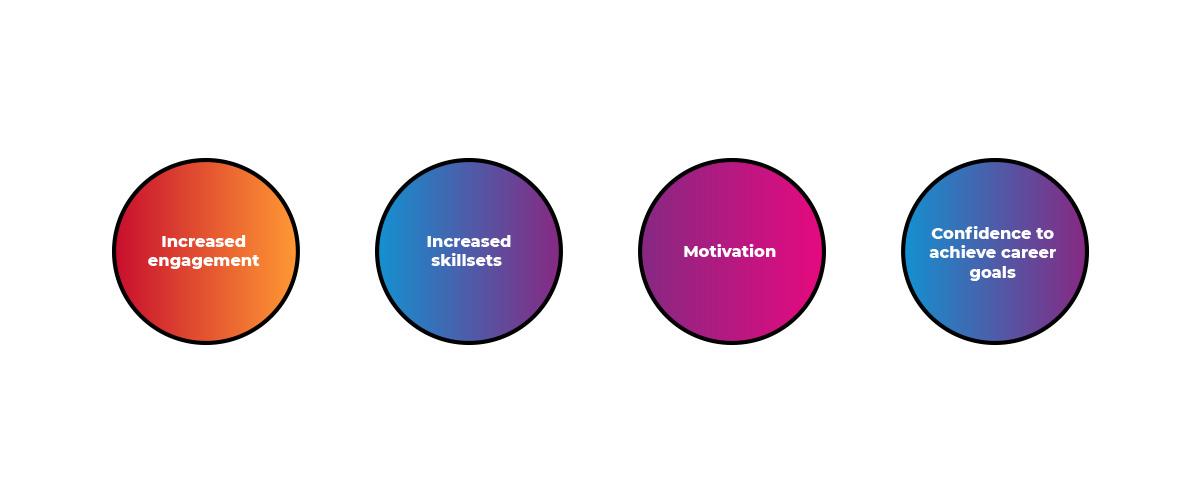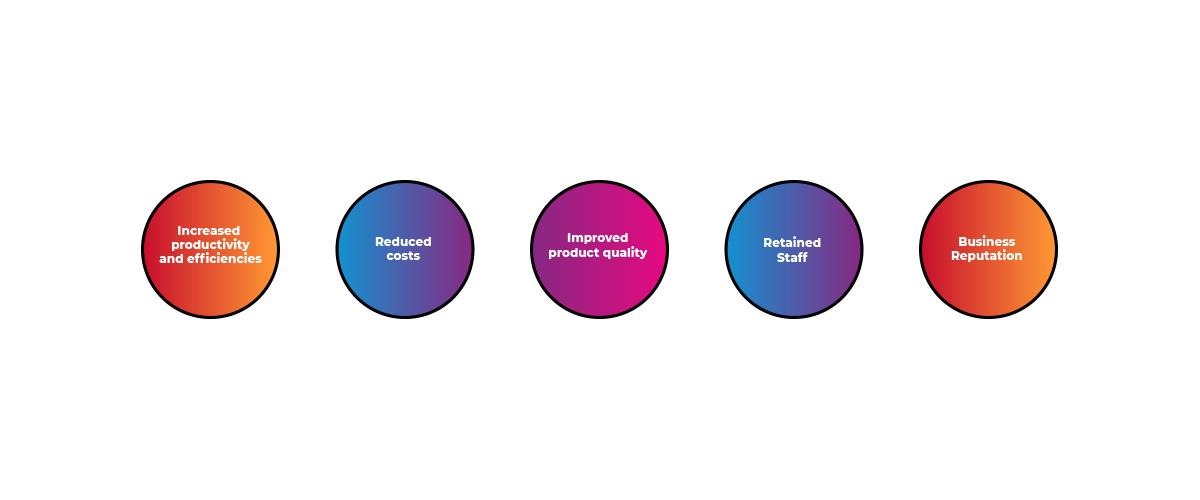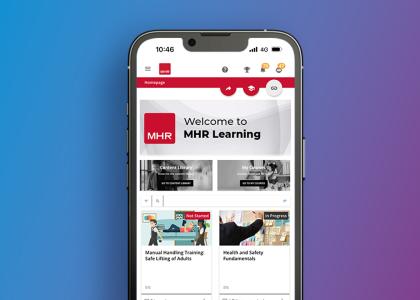What is HR learning?
What is HR learning?
HR learning, also known as learning and development (L&D), is an ongoing process that enhances the professional development of your employees by providing them with the necessary tools to guide their career paths.
It involves identifying skill gaps within your business and determining the best ways to acquire those skills without necessarily hiring new employees.
Learning can focus on upskilling employees to improve job performance or developing new skills for other roles, which is especially important for those aspiring to management positions. Employees often seek to develop soft skills to better support their colleagues.
Beyond career development, people enjoy learning, and offering such opportunities keeps them engaged. Some employees may not seek new or advanced roles but may wish to coach or mentor others, and training can facilitate this.
This guide will explain the benefits of learning and development for employees, HR's role in training, and the legal requirements for employee training in the US. We will also explore the growing field and advantages of e-learning for employees.
What is employee training?
Employee training is a term that covers any programs that will help an employee learn a specific set of skills. As a rule, employee training tends to be role specific, but you can increase it's scope depending on your organisation's needs.
What is employee development?
While employee training refers to specific programs, employee development is a broader concept focusing on an employee's growth within the company.
It is essential for fostering employee engagement and retaining talent. Research shows that a lack of development opportunities is a significant reason employees leave their jobs.
What are the benefits of employee training and development?
Lynn Holdsworth, Head of the MHR Academy, states, "Involving HR in training and development yields quantifiable benefits. Whether it's to prevent skill gaps, reduce hiring costs, boost productivity, or show appreciation, more training is a fantastic benefit for both you and your employees."
Businesses with strong training and development programs perform better than those without.
With 74% of employees feeling they lack opportunities to reach their full potential, a solid strategy can make your workplace more appealing.
What are the benefits of learning and development for employees?

Increase Engagement
Development opportunities help employees feel more comfortable in their roles and more engaged.
Increased Skillsets
Training provides access to new skills, particularly soft skills, which can improve daily workplace interactions.
Motivation
Accessible and appealing training can motivate employees.
Confidence to Achieve Career Goals
Accessible and appealing training can motivate employees.
What are the benefit of training employers?

Increased Productivity
Well-trained employees are more efficient and can outperform competitors.
Reduced Costs
A solid training plan can decrease the need for new hires.
Improved Product Quality
Training reduces errors and enhances product quality.
Retained Staff
Training increases job satisfaction and retention.
Business Reputation
Training improves service quality and enhances your reputation as an employer, simplifying future hiring.
What employee training is required by law in the US?
While there's no legal mandate to provide development opportunities, certain training is required by law. A unified approach to mandatory training can boost employee confidence and streamline onboarding.
Health and Safety
Employers must ensure workplace safety as per the Occupational Safety and Health Act, as well as specific state law.
Data Protection
US companies must navigate the patchwork of federal, state and sector-level regulations around data protection. Examples include The Privacy Act of 1974 at a federal level, or the California Consumer Privacy Act (CCPA) at a state level.
Employee Rights
Larger companies must consider training requests that benefit the company.
What are the benefits of e-learning for employees and businesses
E-learning offers numerous advantages, including cost-effectiveness, flexibility, interactivity, efficiency, and a standardized format. It's ideal for compliance training and suits various learning styles and needs.
How to build a successful training and development strategy
A successful strategy offers diverse learning options and is tailored to individual needs. Setting clear objectives, soliciting employee feedback, and using data to inform your approach can guide the development of effective training programs. Tools like People First and MHR Learning can streamline management tasks and centralize training on a single platform.
Enhance your learning tools and strategy with MHR
In addition to our LMS, MHR offers a large range of tools that can help support you in delivering a robust learning strategy. From HR platforms to suit the unique needs of your industry, to simplified approaches to onboarding, we’re your ideal partner for taking your learning strategy up a notch and turning your talent into top performers.



